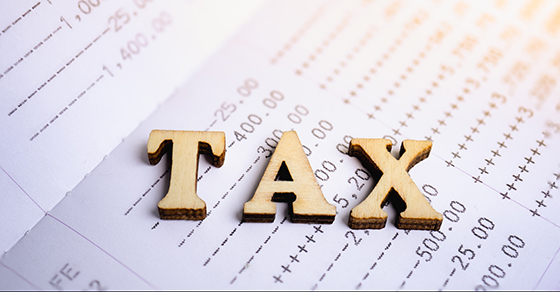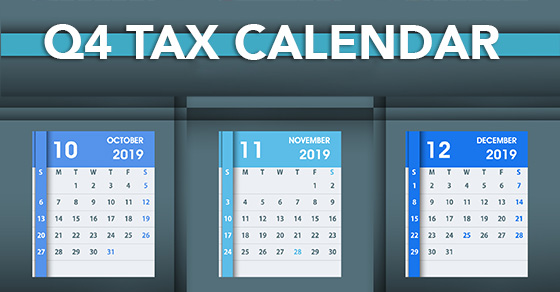Understanding and controlling the unemployment tax costs of your business
Understanding and controlling the unemployment tax costs of your business
As an employer, you must pay federal unemployment (FUTA) tax on amounts up to $7,000 paid to each employee as wages during the calendar year. The rate of tax imposed is 6% but can be reduced by a credit (described below). Most employers end up paying an effective FUTA tax rate of 0.6%. An employer taxed at a 6% rate would pay FUTA tax of $420 for each employee who earned at least $7,000 per year, while an employer taxed at 0.6% pays $42.
Tax credit
Unlike FICA taxes, only employers — and not employees — are liable for FUTA tax. Most employers pay both federal and a state unemployment tax. Unemployment tax rates for employers vary from state to state. The FUTA tax may be offset by a credit for contributions paid into state unemployment funds, effectively reducing (but not eliminating) the net FUTA tax rate.
However, the amount of the credit can be reduced — increasing the effective FUTA tax rate — for employers in states that borrowed funds from the federal government to pay unemployment benefits and defaulted on repaying the loan.
Some services performed by an employee aren’t considered employment for FUTA purposes. Even if an employee’s services are considered employment for FUTA purposes, some compensation received for those services — for example, most fringe benefits — aren’t subject to FUTA tax.
Recognizing the insurance principle of taxing according to “risk,” states have adopted laws permitting some employers to pay less. Your unemployment tax bill may be influenced by the number of former employees who’ve filed unemployment claims with the state, the current number of employees you have and the age of your business. Typically, the more claims made against a business, the higher the unemployment tax bill.
Here are four ways to help control your unemployment tax costs:
- If your state permits it, “buy down” your unemployment tax rate. Some states allow employers to annually buy down their rate. If you’re eligible, this could save you substantial unemployment tax dollars.
- Hire conservatively and assess candidates. Your unemployment payments are based partly on the number of employees who file unemployment claims. You don’t want to hire employees to fill a need now, only to have to lay them off if business slows. A temporary staffing agency can help you meet short-term needs without permanently adding staff, so you can avoid layoffs.
It’s often worth having job candidates undergo assessments before they’re hired to see if they’re the right match for your business and the position available. Hiring carefully can increase the likelihood that new employees will work out.
- Train for success. Many unemployment insurance claimants are awarded benefits despite employer assertions that the employees failed to perform adequately. This may occur because the hearing officer concludes the employer didn’t provide the employee with enough training to succeed in the job.
- Handle terminations carefully. If you must terminate an employee, consider giving him or her severance as well as outplacement benefits. Severance pay may reduce or delay the start of unemployment insurance benefits. Effective outplacement services may hasten the end of unemployment insurance benefits, because a claimant finds a new job.
If you have questions about unemployment taxes and how you can reduce them, contact us. We’d be pleased to help.
© 2019










